 |
 |
||
| home | about | contact | links |
|
|
 |
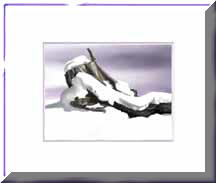 |
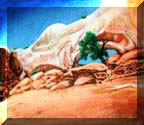 |
|
|
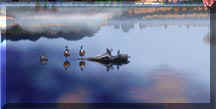 |
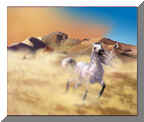 |
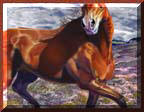 |
|
|
|
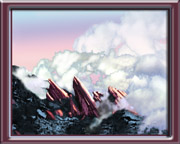 |
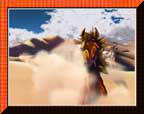 |
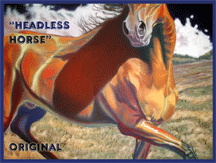
This is when the second stage begins, for before the framing I had the foresight to take a picture, one that can be digitized. With the computer I digitally “evolve” the work through painting, lighting, texturing, and compositing, which through all these manipulations retains the warmth of hand-rendering.
|
|
||
|
Once the virtual piece has evolved to a stopping point, I send it to a laboratory where a giclée printer “paints” the new work onto archival-quality canvas or acid-free paper.
|
|
||
|
|
Something like luck or good fortune can enter into the artistic process. It is those times, unscheduled and welcome and all too brief, when time goes away, self is suspended, and the out-of-body or the right brain or something intangible “takes over”, subliminally lighting the way to a new and unexpected place. This is what keeps artists going. It leaves our hearts, as Milton said, “jocund and sublime”. |
| Jackie Dial, PhD Boulder, CO
|
copyright 2003-2005 |
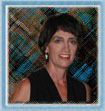 |
 |
|
|
|